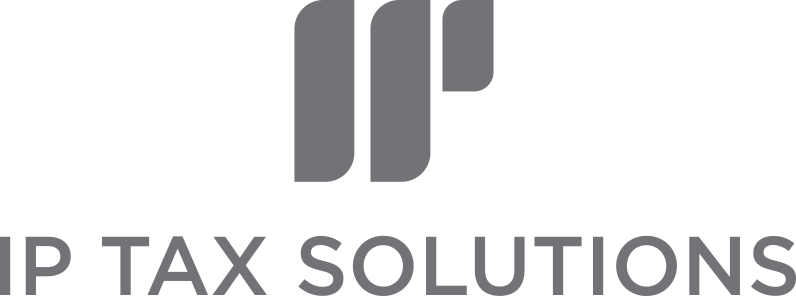In the ever-evolving landscape of software development, R&D tax credits can be a crucial lifeline for innovative tech companies. However, navigating increasingly common HMRC enquiries into these claims can be challenging.
A recent tribunal case, Get Onbord Limited (GOL) v HMRC, offers valuable insights for software development firms facing R&D tax credit enquiries.
Understanding the Case
GOL, a tech startup, claimed R&D tax credits for developing an AI-enabled KYC (Know Your Customer) verification and risk profiling system. Initially, HMRC rejected the claim, arguing that GOL's work didn't advance overall knowledge or capability and merely used existing technologies.
However, the tribunal ultimately ruled in GOL's favour, providing crucial guidance for tech companies defending their R&D software claims in the face of HMRC challenge.
Key Takeaways for Software Developers
This content is only available to subscribers
Subscribe now and have access to all our stories, enjoy exclusive content and stay up to date with constant updates.
Sign up nowAlready have an account? Sign in






